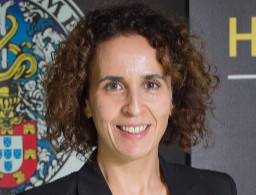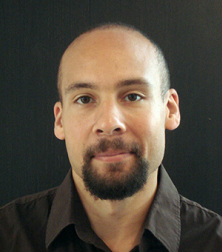A biochemist who worked as a postdoc at The University of Texas MD Anderson Cancer Center in Houston has sued the institution to dispute findings of research misconduct.
The researcher, Sonia Melo, now at the University of Porto in Portugal, alleges MD Anderson did not follow its own policies while conducting its investigation. Melo lost a prestigious grant in 2016 after one of her papers was retracted for containing duplicated images.
MD Anderson’s investigation concerned a paper published in Cancer Cell in 2014. On August 7 the journal marked it with a “temporary Expression of Concern” detailing duplicated and relabeled data found in the probe, which was completed in May 2024. The article has been cited 1,462 times, according to Clarivate’s Web of Science.
Continue reading Exclusive: Cancer researcher sues MD Anderson over misconduct finding





